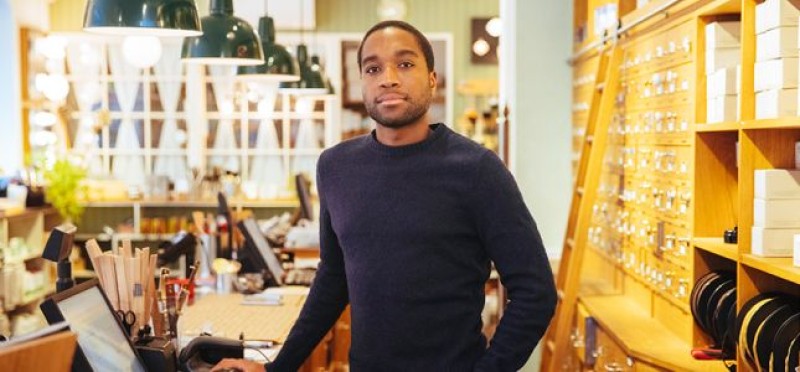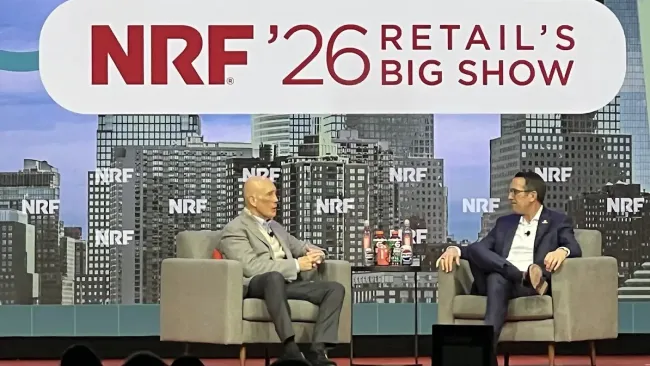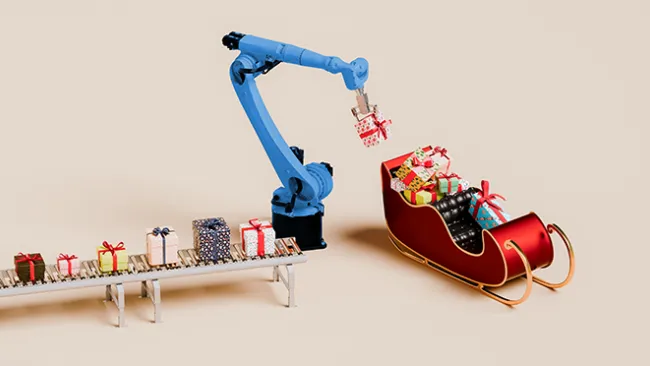Summer may be just around the corner, but retailers are already preparing for the biggest shopping period of the year – the winter holiday season. While supply chain issues, labor shortages, inflation, and a potential COVID-19 resurgence continue to complicate operations and business decisions, companies are charging ahead with plans for a busy season. Here’s what retailers are doing to get ahead of numerous challenges and maximize the holidays.
Personalized customer support
Today’s consumers shop across a variety of channels, platforms, and devices. To stand out during the competitive holiday season, retailers must deliver tailored experiences throughout the customer journey. According to the 2022 Retail Personalization Index, 71% of consumers will shop more often with brands or retailers that personalize their communications. And while 71% of retailers think they excel in personalization, only 34% of consumers agree.
What are retailers missing? Stephen Light, co-owner and CEO of Nolah Mattress, sees an opportunity to deliver more personalized and empathetic customer support. “We’re going to see businesses taking steps to build their services to the next level in preparation for the busy holiday season as they attempt to capture as much of the market share as they can,” Light says.
Like other online mattress companies, Nolah Mattress’ customers can’t go to a physical store to try out its products. Online guides and customer care associates are key sources of information for customers seeking a mattress that meets their specific needs and preferences. “With customers demanding an increasingly personalized experience, we’re empowering our service agents through a revamped training program, better data management, new performance feedback channels, and support tools,” Light continues. The customer care team is also using artificial intelligence (AI) technologies that can recognize customer emotions “through tone and content” to “help diffuse difficult situations.”
In addition to providing employees with the right training and tools to provide expert advice, communicating with customers through their preferred channel is critical, he adds, which is why his company is adding conversational apps to its marketing and customer support strategy.
Especially during a busy time like Black Friday, “customers expect quick answers through the communication channels of their choice, and with conversational apps like WhatsApp, we can connect with our customers in a way that's most convenient for them,” Light says.
Reducing customer effort
At the onset of the pandemic, many retailers quickly shifted to accommodate customers’ new needs. Retailers embraced last-mile delivery innovations such as crowdsourcing deliveries and invested in urban warehouses to enable rapid deliveries. Buy online, pick up in-store and curbside pickup became the norm—all in the name of meeting customer expectations and reducing customer effort.
Expect to see a continued focus on reducing customer effort. “Customer effort is the strongest driver of customer loyalty — or disloyalty,” according to Gartner research. “96% of customers with a high-effort service interaction become more disloyal compared to just 9% who have a low-effort experience. Indicators of high-effort experiences include channel switching, repetition of information, generic service, transfers, and repeat interaction.”
















